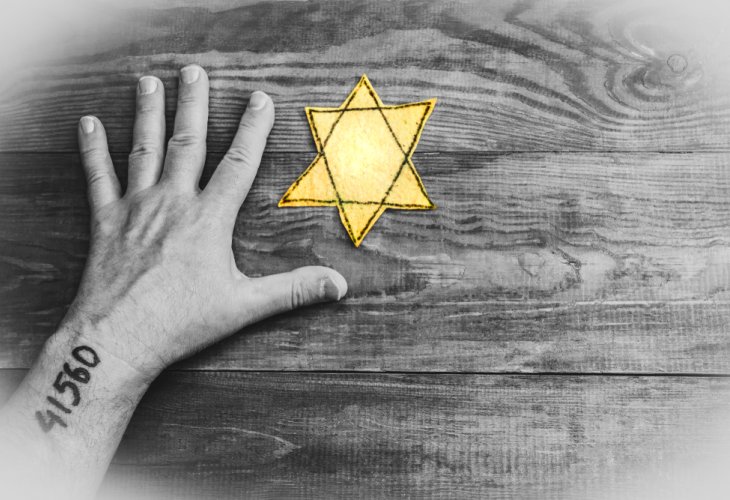The Holocaust
Chanukah in Auschwitz and Pesach in Mauthausen: Rabbi Sinai Adler’s Story of Survival
A Holocaust survivor’s memories of faith, resilience, and Jewish identity in the darkest of times
 (Photo: shutterstock)
(Photo: shutterstock)Rabbi Sinai Adler, a Holocaust survivor who later became the Chief Rabbi of Ashdod was born in Prague, Czechoslovakia. During the Holocaust he was deported to the Theresienstadt ghetto and later transferred to Auschwitz. From there he was sent to the concentration camps of Mauthausen and Gunskirchen. He survived the death march and was liberated when the camp was freed. After the war ended, he studied at the Etz Chaim Yeshiva under Rabbi Eliyahu Lopian, and about a year later immigrated to Israel.
In his book “In the Valley of the Shadow of Death: A Year in the Life of a Boy in Concentration Camps” he vividly described the moments of faith that sustained him.
Chanukah in Auschwitz-Birkenau
“In our barrack, the youth barrack, boys from various occupied lands, most from Central Europe were gathered together. There were also many boys from Greece, who too had been captured by the murderous occupiers. Among them were observant Jews who knew Hebrew well, so we could communicate in our own language.
Every day we would gather in one corner of the barrack to pray together. We even had one pair of tefillin to share, so that mitzvah could also be fulfilled. Public prayer and the shared observance of the few commandments still possible in those conditions drew us close in deep friendship, despite our different homelands.
When Chanukah arrived, we managed to obtain a single candle. For us, this candle was a priceless treasure. On the first night of Chanukah, we gathered on the upper tier of one of the bunks and lit together this precious candle. That small flame ignited new hope in our hearts for a better future and strengthened our trust.
Our longing for the past surged — the days when each of us celebrated Chanukah with our families in joy. Our hearts cried out with prayer for a future, though still distant, when we would again sing: ‘Establish the house of my prayer, and there we will offer thanksgiving sacrifices… then I shall complete with song the dedication of the altar.’”
Pesach in Mauthausen
“It was the first Pesach I had to spend in a concentration camp. The previous Pesach, we were still in the Theresienstadt ghetto, where at least we could hold the Seder together as a family. That Seder was unusual too, since strict blackout rules were enforced in the ghetto. At nightfall, no light — not even a match, could be lit, so we were forced to hold the Seder in the daytime. I was still with my parents, and on our table were a few matzot and tea mixed with jam to serve as wine.
The Seder in Mauthausen was completely different. At first, I thought to save my daily bread ration, which we received on the afternoon before Passover, until the next morning — so as to avoid eating chametz once the holiday began. But a Torah scholar among us pointed out that halachically, it was better to eat the bread immediately, since even possessing chametz during Passover is forbidden.
That evening, after the roll call and before being locked inside the barracks for the night, we had a short time in the yard. I asked one of the boys to walk with me. As we paced back and forth, we recited aloud the passages of the Haggadah we could remember. It was a most unusual Seder — without matzah, without wine, and without a festive family table; a seder in motion.
Our bodies were crushed and enslaved, but our spirit could not be subdued. And so, even in those circumstances, we could still say: ‘We were slaves to Pharaoh in Egypt, and the Lord our God took us out from there.’ Despite everything, we still felt ourselves to be free people.”

